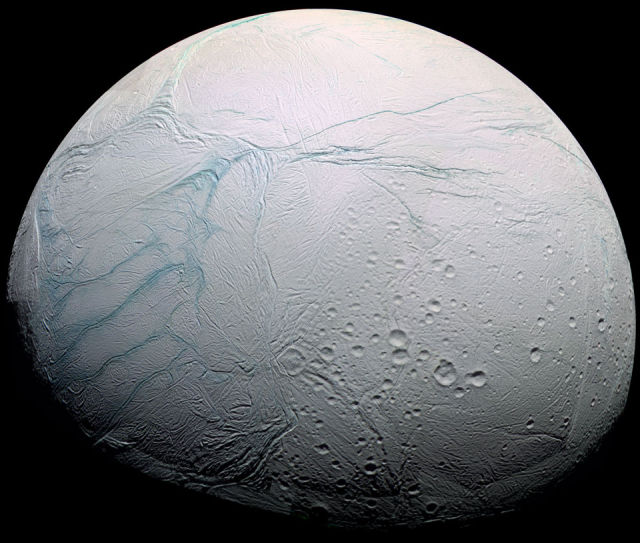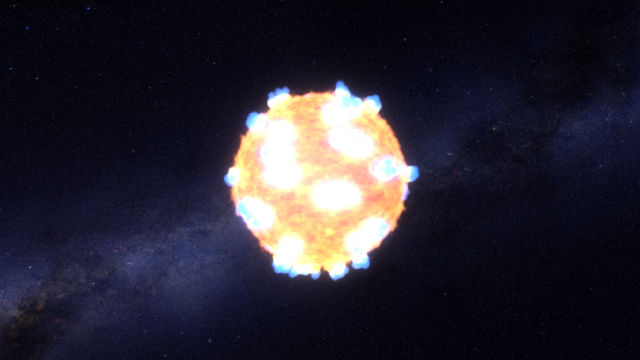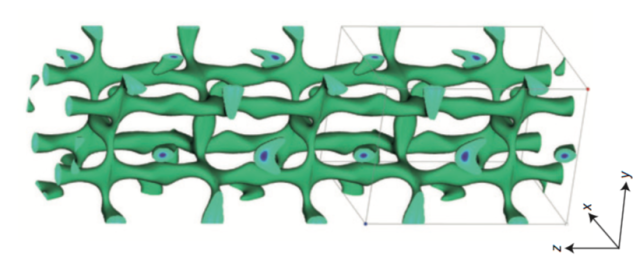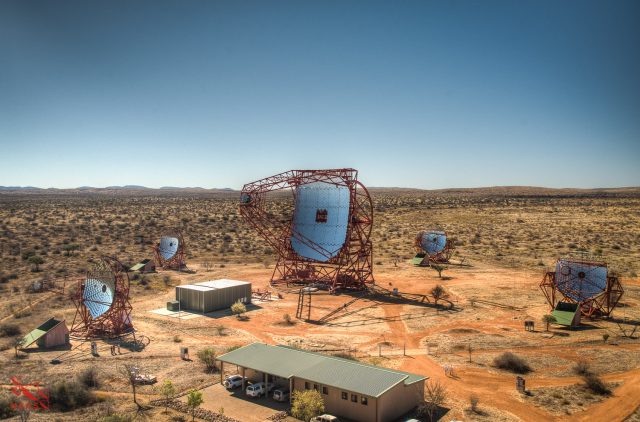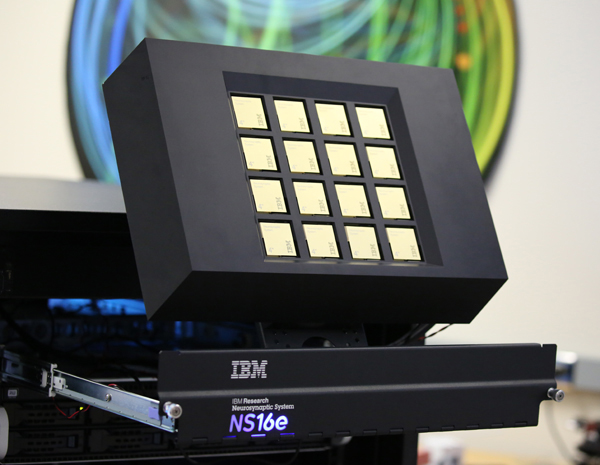
A cluster of True North chips. (credit: IBM)
A lot of the science we cover at Ars focuses on technology development, where the risks involved mean that the early success represented by a publication doesn't typically mean an actual product will follow. So it's nice to be able to report on an exception to this rule. IBM's experimental neural processor, True North, has found a home at Lawrence Livermore National Lab.
True North is a radically energy-efficient design with a circuitry designed to mimic the structure of the neural connections within an animal's brain. Each chip is a big cluster of small cores that can potentially communicate with any other core on the chip. Each of these cores has its own memory and communication hardware; the memory holds information on the other cores it communicates with and how strong those connections are. The communications then take the form of a series of "spikes," bursts of activity that carry information based on their frequency and strength.
The radically different design allows the chip to get work done despite a ludicrously low clock rate: just one kiloHertz. The trade-off is that it can only host neural network software—it was designed to be compatible with any networks developed for the popular Compass neural network software package. And compared to running Compass on a traditional processor, True North used 176,000-fold less energy.
